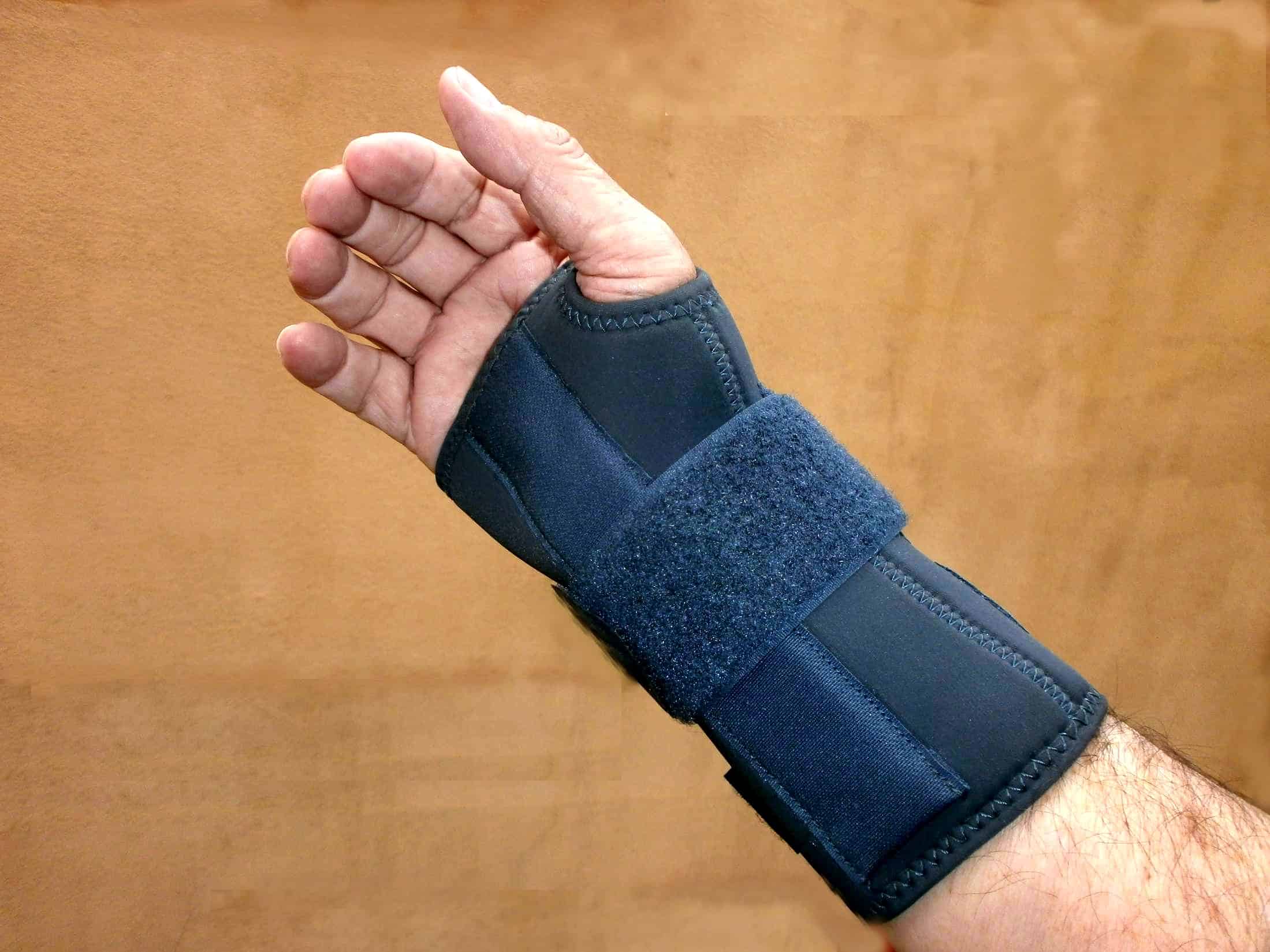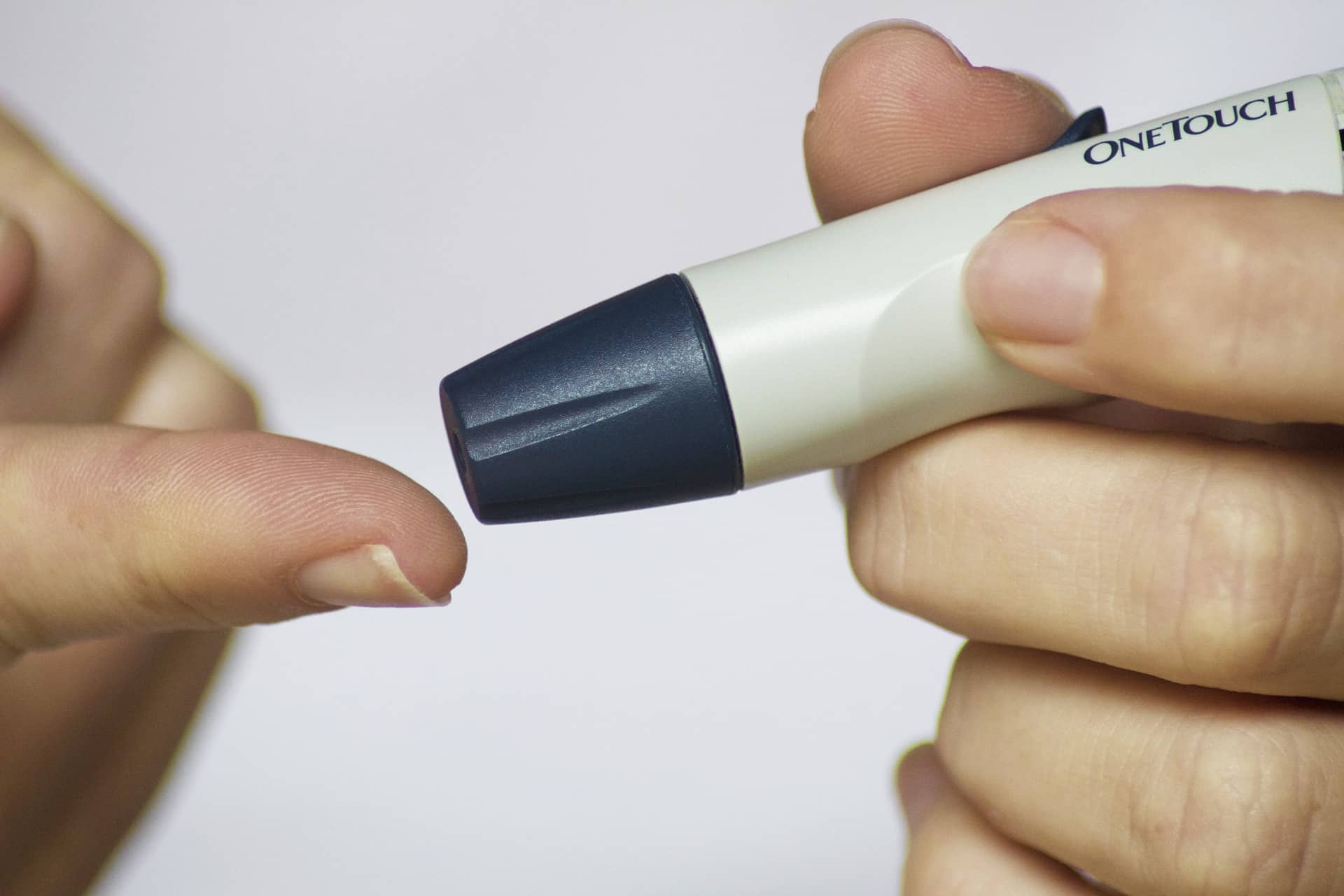Things To Know About Wrist Injury Braces
Wrist injuries are among the most common upper limb problems athletes experience while training or competing. Wrist injuries can occur from trauma, such as being hit or from falling, repetitive movements, or extended hand use. There are several methods used to help athletes recover from wrist injuries, however one of the most common and effective measures is to use a wrist brace, especially in conjunction with other forms of rehabilitation, such as physiotherapy. The following are some of the most common wrist injuries sustained by athletes and how they can use wrist injury braces to aid in the recovery process.
Common Wrist Injuries
Acute Wrist Injuries
Acute injuries are usually the result of a fall onto an outstretched hand or of a sudden twisting force applied to the wrist, such as may occur if a baseball player were to dive for a fly ball and land awkwardly on his wrist. Damage can occur to any of the structures of the wrist, i.e. the bones, ligaments or tendons. Wrist injury braces can help athletes recovery from acute wrist injuries in both the short and long-term. In the 72 hours following injury, wrist injury braces can help injured athletes by providing protection and compression, thereby reducing swelling and pain and protecting against further damage to the wrist. Over the long term, wrist braces provide stability and immobilization to the injured wrist, and therefore allow the wrist to heal properly and more quickly.
Wrist Sprain
A sprained wrist, which is a type of acute injury, is a tear to any of the ligaments connecting the wrist bones to each other. The symptoms will depend on the severity of the injury and on where in the joint it has occurred. The patient may feel a sudden sharp pain in the wrist at the time of injury. Pain is common and swelling and bruising in the wrist may also occur. Once again, a wrist injury brace can help athletes reduce swelling and pain and protect the sprained wrist from further damage.
Gradual Onset Wrist Pain
Gradual onset injuries (or chronic injuries) occur over an extended period of time and the therapist will often not be able to identify a discrete incident that has caused the injury. The structures most commonly injured in these cases are the wrist tendons. Athletes can develop gradual onset wrist pain by overtraining or overuse. For example, basketball players, tennis players, golf players and baseball pitchers all use their wrists hundreds of times through the course of a few games and training sessions. Prolonged use the wrist may lead to gradual onset wrist pain and injuries.
Syndrome du canal carpien
The most common symptoms of carpal tunnel syndrome consist of a dull ache in the wrist/forearm area. In addition, the patient will experience pain that may spread to the hand and fingers and that may often worsen at night-time. It usually comes on over a period of time and the patient may initially notice it at night only. It can occur in one or both wrists simultaneously. Since carpal tunnel syndrome causes considerable inflammation and swelling, using a wrist injury brace to keep the wrist joint and the fingers in a neutral position for extended periods of time can help reduce swelling as well as numbness and pain. For a carpal tunnel sufferer, a wrist injury brace worn either full-time or just at night can bring dramatic improvements, even if the symptoms are very severe.
Traumatismes répétés
Repetitive Stress Injury (RSI) is a general term describing symptoms that could originate from any of several causes rather than from a discrete event. It takes the form of gradually increasing wrist pain due to overuse of the joint. Symptoms may also include a dull ache, more intense pain or even a throbbing feeling. As with carpal tunnel syndrome and gradual onset wrist pain, RSI can manifest itself in athletes due to overtraining and repetitive motions in training and competition. Wrist Injury braces can work on two fronts to help athletes recover from RSIs; the first being to immobilize the wrist and apply compression, which reduces swelling and pain, and the second being to keep the wrist in a neutral position to correct any imbalance, weakness or strain on the affected area of the wrist.
How Wrist Injury Braces Work
Wrist injury braces work by immobilizing the wrist joint, and in some cases the thumb and/or fingers. This limits movement but may further irritate inflamed tendons and nerves.
Wrist splints are ideal non-surgical and non-drug forms of therapy for a variety of conditions affecting the wrist. Available with both flexible supportive materials to allow the wearer to go about daily tasks, and with a metal or plastic support which fits on the underside of the hand for resting use, a wrist injury brace will not only help with reducing swelling through gentle compression, but will also limit over-use and restrict the range of movement, which can irritate inflamed areas.
It is important, however, that you stick to a regular splint wearing regime, and that you make sure that a practitioner has both fitted them properly and re-assesses fit on a regular basis as any swelling reduces. Many wearers can find them uncomfortable, and they can get both sweaty and very dirty if you are wearing them for most of the day. Most wrist braces are machine washable even without the rigid support.
Wrist-pain sufferers report not only significant pain reduction with regular use, but also increased grip strength. It’s important to get used to wearing a wrist injury brace and to be aware of how it may change the way you perform day-to-day tasks. Adapting to these changes will make not only make everyday tasks using your hands much easier and less painful, but will also reduce the risk of doing further damage.








What about for hairline fractures? I had a cycling accident?